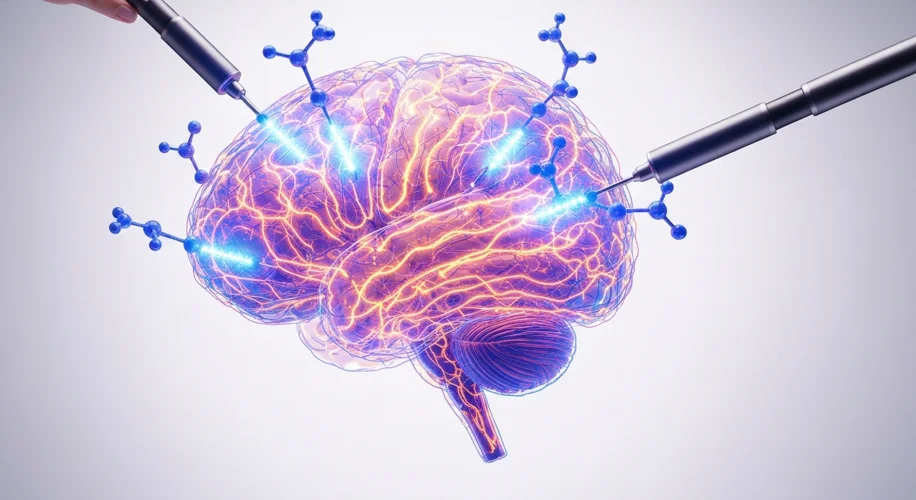It sounds like science fiction, but the ability to precisely alter genes within the brain is moving from the realm of imagination closer to reality. This is incredibly exciting news, especially when we consider the potential impact on devastating neurological disorders.
Recent advancements, as highlighted by a report in Nature, are paving the way for gene-editing tools that could tackle diseases that have long been difficult to treat. Think about conditions like Huntington’s disease, certain types of epilepsy, or even some inherited forms of blindness that affect brain function. These are the kinds of challenges scientists are now aiming to address.
What’s Driving This Progress?
At the heart of this development are sophisticated gene-editing technologies. While CRISPR-Cas9 has been a major player in the field, scientists are continuously refining these tools, making them more precise and safer for therapeutic use. The goal is to correct faulty genes or introduce beneficial ones directly within brain cells. This is a complex task, given the brain’s intricate structure and the blood-brain barrier, which acts as a natural shield.
Tackling Specific Disorders
Scientists are exploring various strategies. For instance, in conditions caused by a single gene mutation, the idea is to use gene editing to ‘snip out’ the problematic gene or repair it. Another approach involves delivering new genetic material to cells that can help them function correctly, potentially counteracting the effects of a disease.
Imagine being able to correct the genetic error that leads to a specific, debilitating neurological condition. The potential to halt disease progression or even reverse symptoms is a powerful motivator for researchers.
Challenges and the Road Ahead
While the progress is remarkable, it’s important to acknowledge that we’re still in the early stages. Delivering these gene-editing tools efficiently and safely to the right cells in the brain remains a significant hurdle. Ensuring that edits are made only where intended is also crucial to avoid unintended consequences.
Despite these challenges, the steady march of scientific discovery is undeniable. The fact that gene editing is becoming a tangible approach for treating brain disorders is a testament to years of dedicated research. It offers a new beacon of hope for individuals and families affected by these complex conditions. As these technologies mature, we can anticipate a future where gene editing plays a vital role in managing and potentially curing some of the most challenging brain diseases.

